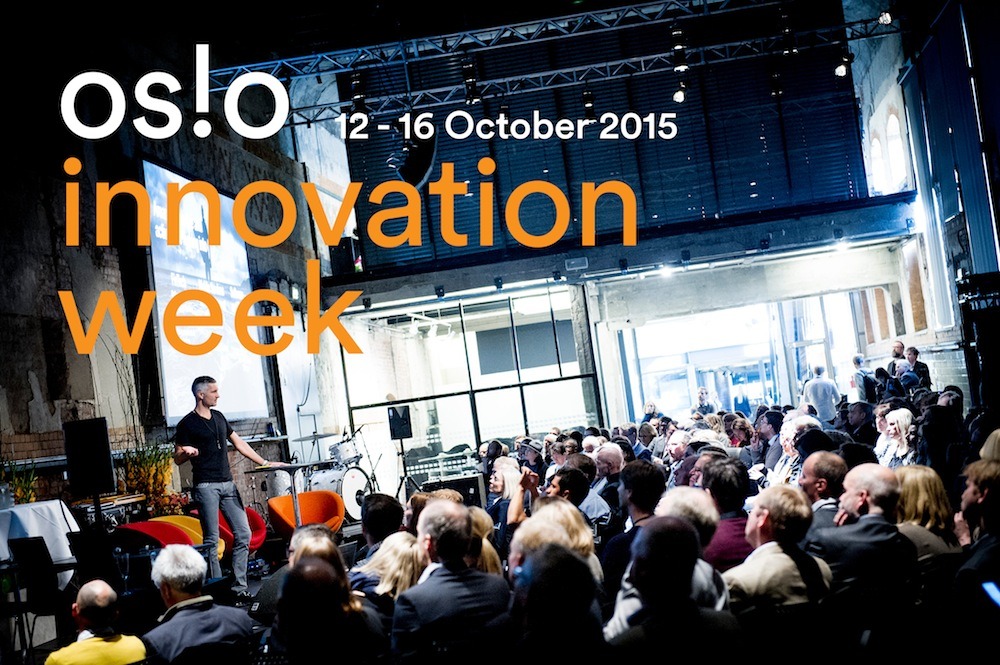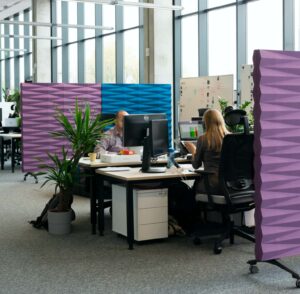The theme is innovation
The first seminar on Monday morning focused on innovation, and was kicked off with an important question: is capital deficiency our biggest innovation blocker? The Norwegian government’s action plan to encourage the start-up of entrepreneurial businesses and innovation in companies was discussed at length, while representatives from UK and Sweden gave some insight into methods that they have been successfully utilizing.
‘Innovation from the Inside’ was described as the next step: modern companies today are more focused on innovation: they break the rules first, then move forward. ‘Taking risks is a way of working – and living’ was a major motto. Santander Bank, which is part of a normally conservative industry, allowed itself to make mistakes: and Santander has had very strong growth over the past five years.
No. 1 tech trend all over the world: Energy
- From inductive batteries through new ways to charge batteries (http://www.graphene-info.com/), to transfer and transport of energy and saving energy (http://www.eltek.com/) – energy was THE big topic.
Solar panel technology is also now developing very fast (http://www.mn.uio.no/smn/). - We are on the verge of seeing some big changes happen in the electric car and transport vehicle industry.
- Energy solutions will pop up all over the world and we will see a lot of new solutions and technology emerge over the next few years.
Another focus was 3D printing.
- Evolution of 3D printing? More like a revolution. The aerospace industry is already making use of 3D-printed parts, and the contract between Norsk Titanium (http://www.norsktitanium.no/) and Tronrud Engineering proves there’s a higher-than-forecasted demand for 3D printing in the industry.
- What’s more, it’s likely that – perhaps even within the next 15 years – you’ll be able to replace your own heart with a 3D-printed heart: and one with you own DNA, which will ensure your body won’t reject it.
Trends in innovation? Communities.
Some of the freshest inventions out there are Fab Labs (https://www.fablabs.io/), and they’re all over the world. As the Fab Lab website describes, they began as an outreach project from MIT’s Center for Bits and Atoms (CBA), and then turned into a collaborative and global network. Those are new communities focused on inventions, but they also seem to be kind of a movement: and one so creative that I wouldn’t hesitate to compare the vibe surrounding them to that of the Woodstock festival in the States!
One last comment:
The concepts of innovation and development will change rapidly in the next 5-10 years. I think we will see new ways to make business, find new cross-over borders and see new “business cultures” emerge in years to come. Whether you’re a software house or an IT consultant, it’s important to be a part of – and understand – both new and old business models.




